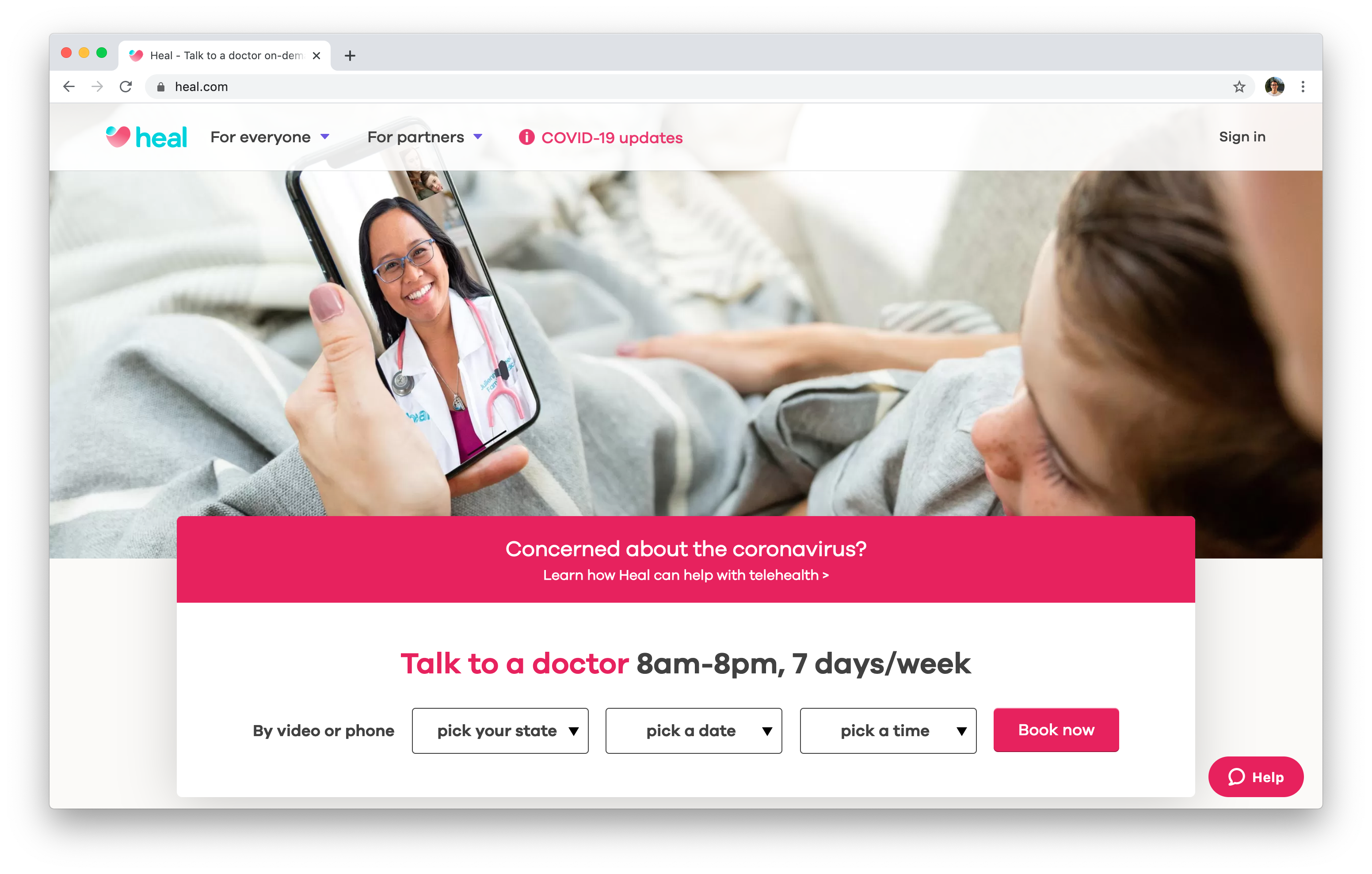How Subscription Based Healthcare is Changing Patient Accessibility to Services
How Subscription Based Healthcare is Changing Patient Accessibility to Services
Blog Article
Understanding the Cost-Effectiveness of Subscription-Based Medical Care Models
As the health care landscape advances, subscription-based models arise as an engaging option, assuring to redefine how individuals handle clinical expenses. Examining these versions' cost-effectiveness necessitates a nuanced comparison with typical insurance, thinking about both economic implications and client contentment. While they offer transparency and predictability in expenses, inquiries continue to be about their ability to satisfy varied medical care needs, especially for specialized therapies. The point of views of doctor further complicate this equation, presenting a multifaceted difficulty. What does the future hold for these designs, and can they genuinely supply on their assurance of accessible, budget friendly care?
Overview of Subscription-Based Versions
Subscription-based medical care versions, occasionally described as direct primary treatment or concierge medication, are significantly getting interest as a prospective solution to inefficiencies within traditional medical care systems. These designs operate on the principle of offering people straight accessibility to doctor through a monthly or annual charge, bypassing the demand for typical insurance coverage mechanisms. This setup aims to simplify patient-provider communications by reducing management burdens, which usually impede timely and personalized care.
At the core of subscription-based versions is the emphasis on a much more personalized individual experience. Patients take advantage of enhanced accessibility to their physicians, commonly including next-day or same-day appointments, prolonged consultation times, and direct communication channels such as phone or video calls. This design fosters an aggressive strategy to healthcare, where companies and patients can collaboratively focus on preventative care and persistent condition management.

Price Contrast With Traditional Insurance

Among the main monetary benefits of membership designs is openness in expenses. Individuals pay a foreseeable charge, which can streamline budgeting and monetary planning. Furthermore, these designs usually get rid of co-pays and deductibles for covered services, reducing out-of-pocket spending. Conversely, traditional insurance might be extra useful for people needing specialized care or expensive therapies not covered under a registration version, as they take advantage of the wider coverage network and cost-sharing mechanisms.
Nevertheless, cost-effectiveness is context-dependent. While subscription designs could use savings for those mostly needing health care, people with chronic conditions or specialized health care needs may locate conventional insurance policy much more detailed. Therefore, reviewing specific healthcare demands and possible use is critical in identifying one of the most economical alternative for individuals.
Effect On Client Complete Satisfaction
Person fulfillment within subscription-based healthcare models typically reflects a significant improvement over conventional insurance systems. This improvement is primarily credited to the personalized treatment and access these designs provide. People often report greater contentment as a result of lowered wait times and the simplicity of organizing visits. Unlike typical systems, where people could experience hold-ups in receiving treatment, subscription-based designs ensure more prompt and direct click resources communications with doctor.
Furthermore, the openness in prices connected with subscription-based health care relieves the common aggravations connected to unforeseen costs and intricate invoicing procedures seen in conventional insurance policy (subscription based healthcare). Individuals value knowing the specific economic commitment upfront, bring about boosted count on and self-confidence in their medical care management
Furthermore, the focus on preventive care and health in membership versions adds to boosted health and wellness outcomes, better improving individual fulfillment. By focusing on ongoing wellness upkeep rather than episodic care, patients experience a more holistic and constant health care journey.
Additionally, the improved provider-patient partnership cultivated in these versions, identified by even more time spent per patient and individualized interest, plays an important function in raising client satisfaction levels, as people really feel genuinely cared for and recognized.
Provider Experiences and viewpoints
From the provider's perspective, subscription-based healthcare designs supply a transformative method to supplying clinical services. These models emphasize a proactive and preventative health care method, enabling service providers to concentrate on extensive person care without the constraints of typical fee-for-service plans (subscription based healthcare). This change in focus frequently leads to enhanced person outcomes and boosted provider contentment, as health care professionals can allot even more time and sources to patient engagement and individualized care plans
In addition, registration versions promote predictable income streams, which boost financial stability for doctor. This predictability permits for enhanced source preparation and allocation, adding to a much more effective health care shipment system. Service providers can buy personnel technology, infrastructure, and training renovations, thereby enhancing the quality of care supplied.
However, the transition to subscription-based versions is not without obstacles. Regardless of these hurdles, numerous companies locate that the advantages of enhanced person communication and structured operations exceed the initial difficulties, making subscription-based versions an eye-catching option.
Future Prospects and Obstacles

A key obstacle is regulatory compliance, as membership designs must stick to developing health care plans and insurance demands. This requires continuous adaptation and technology to make certain positioning with legal criteria. Additionally, integrating these versions right into existing health care frameworks can be complicated, needing substantial financial investments in modern technology and training.
There is also the possible threat of producing inequities in health care access, as registration models might favor those who can manage them, leaving susceptible populaces underserved. Addressing this calls for thoughtful factor to consider of prices approaches and aid devices to make certain inclusivity.
Verdict
Subscription-based healthcare versions provide a viable choice to conventional insurance policy by supplying economic predictability and transparency, particularly profiting people with persistent conditions or regular medical care requirements. The cost-effectiveness of these designs rests upon private health care usage patterns and conditions. While they may enhance person complete satisfaction and improve budgeting, challenges remain in resolving specialized care needs. Future factors to consider consist of top article balancing comprehensive coverage with price and incorporating these models within the broader health care system for optimum end results.
Subscription-based medical care models, in some cases referred to as straight primary care or attendant medicine, are significantly getting attention as a potential find more information solution to ineffectiveness within conventional health care systems. Unlike standard systems, where individuals might experience delays in getting care, subscription-based models make certain more prompt and direct interactions with health care service providers.
These models stress a positive and preventative healthcare strategy, allowing providers to focus on detailed individual treatment without the restrictions of traditional fee-for-service plans. As these designs continue to acquire grip, they offer the potential to change client accessibility to care, simplify service distribution, and maximize healthcare costs.Subscription-based medical care models offer a sensible alternative to conventional insurance policy by using monetary predictability and openness, specifically profiting people with chronic problems or frequent healthcare demands.
Report this page